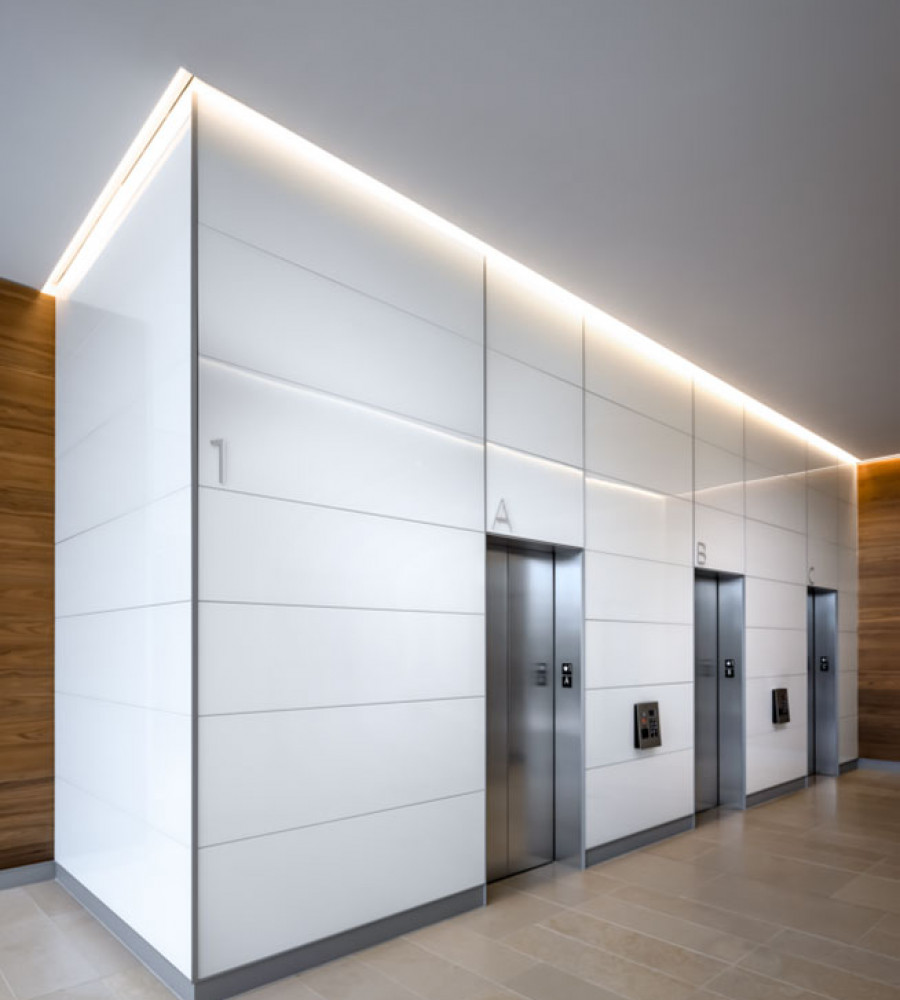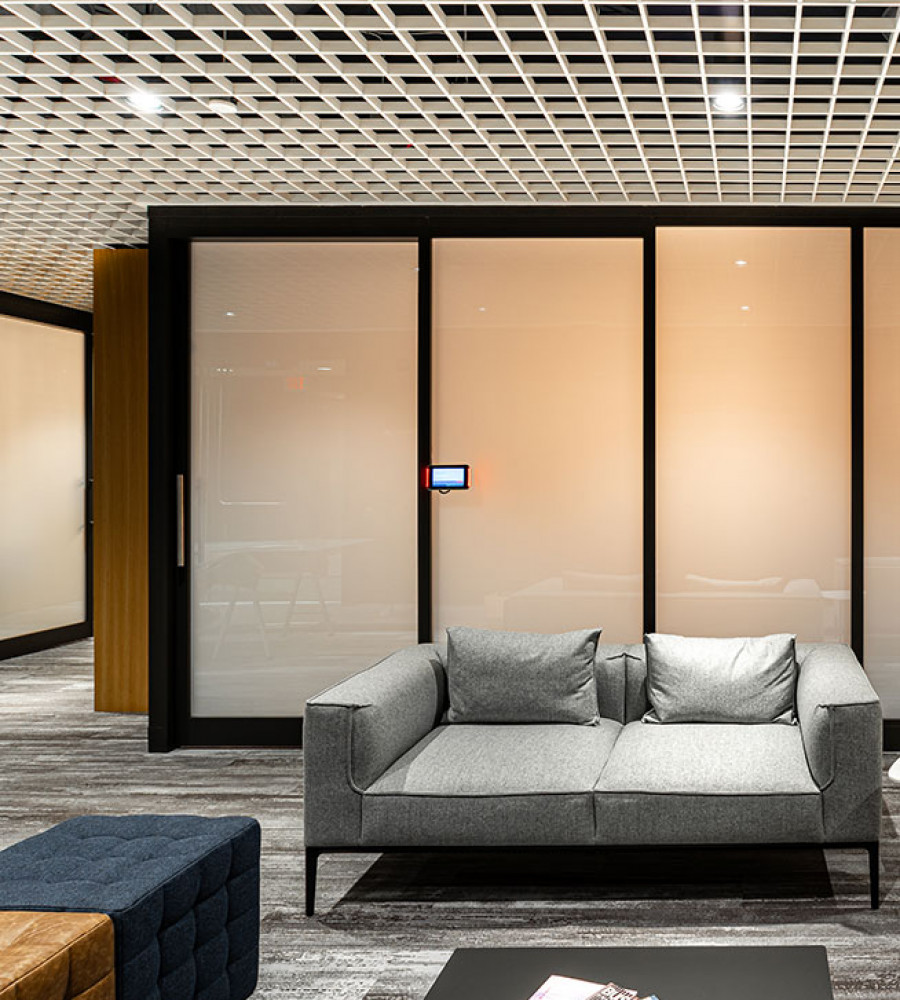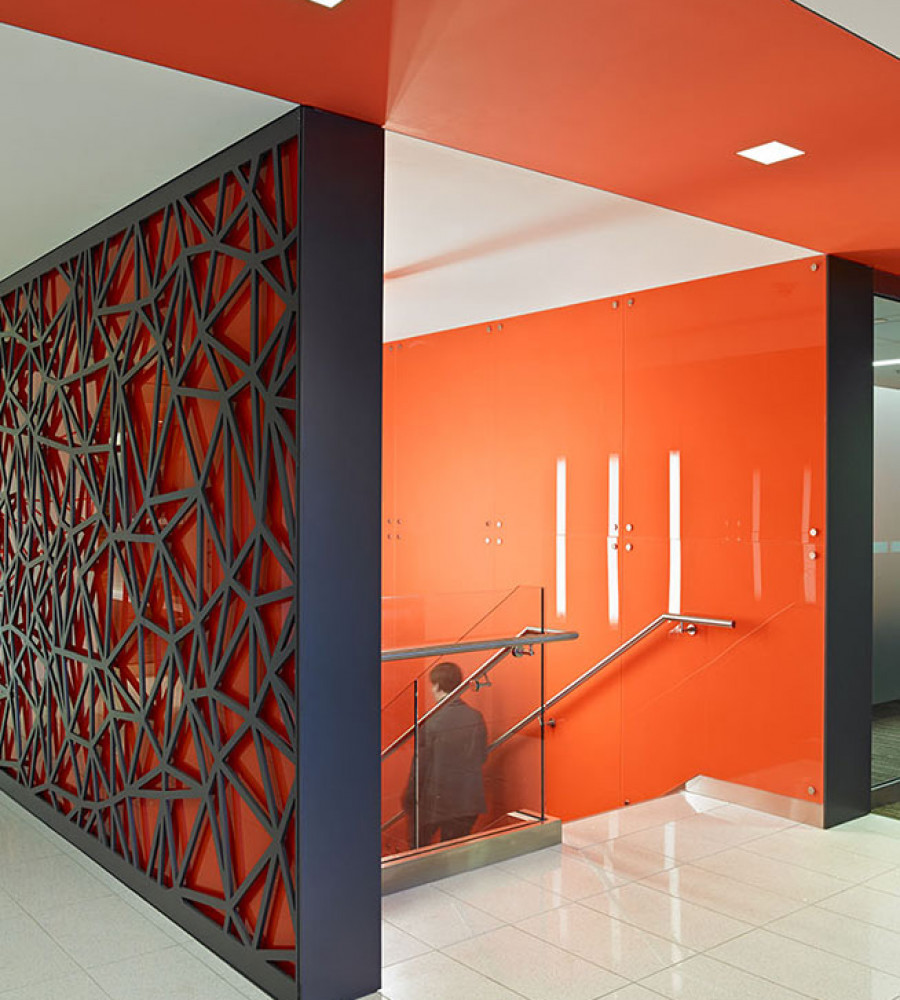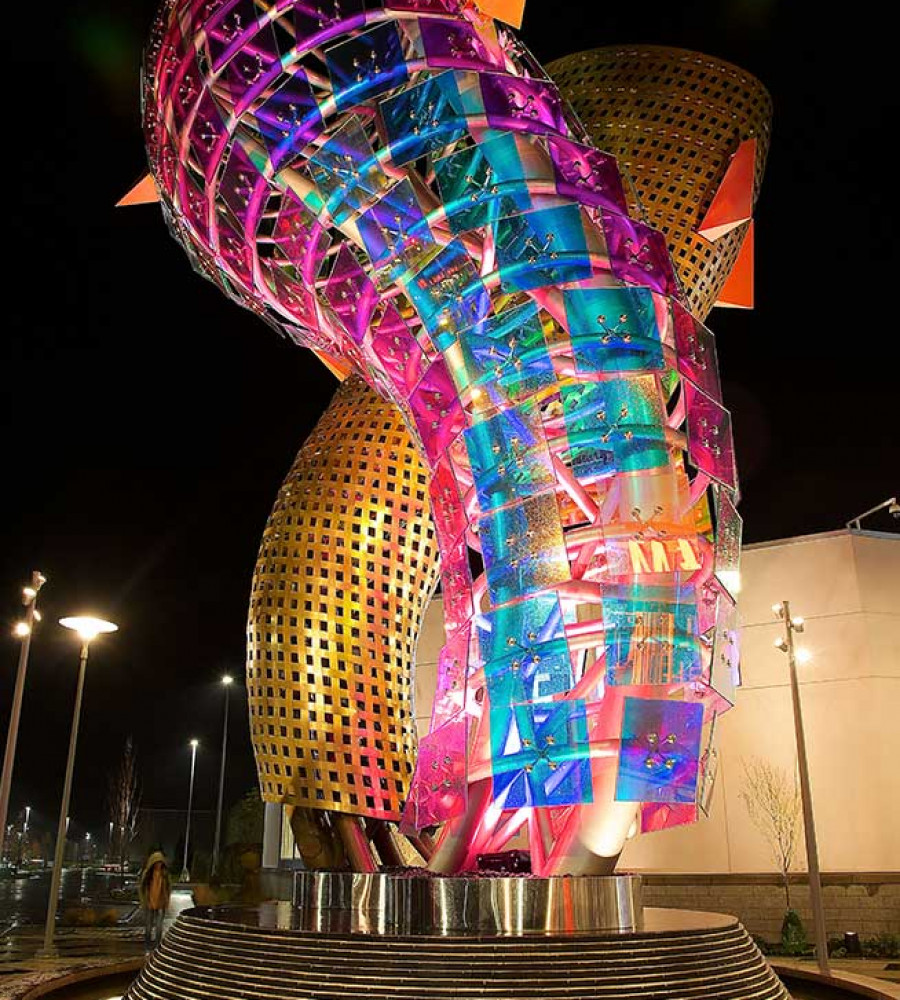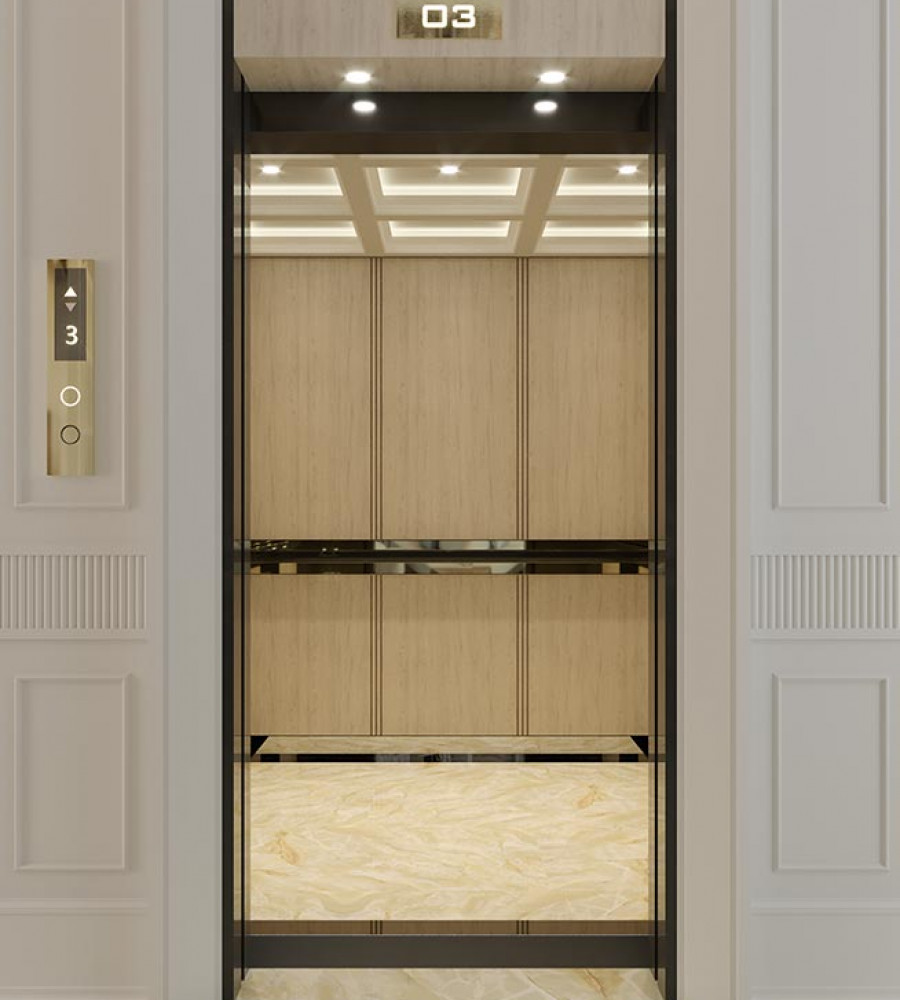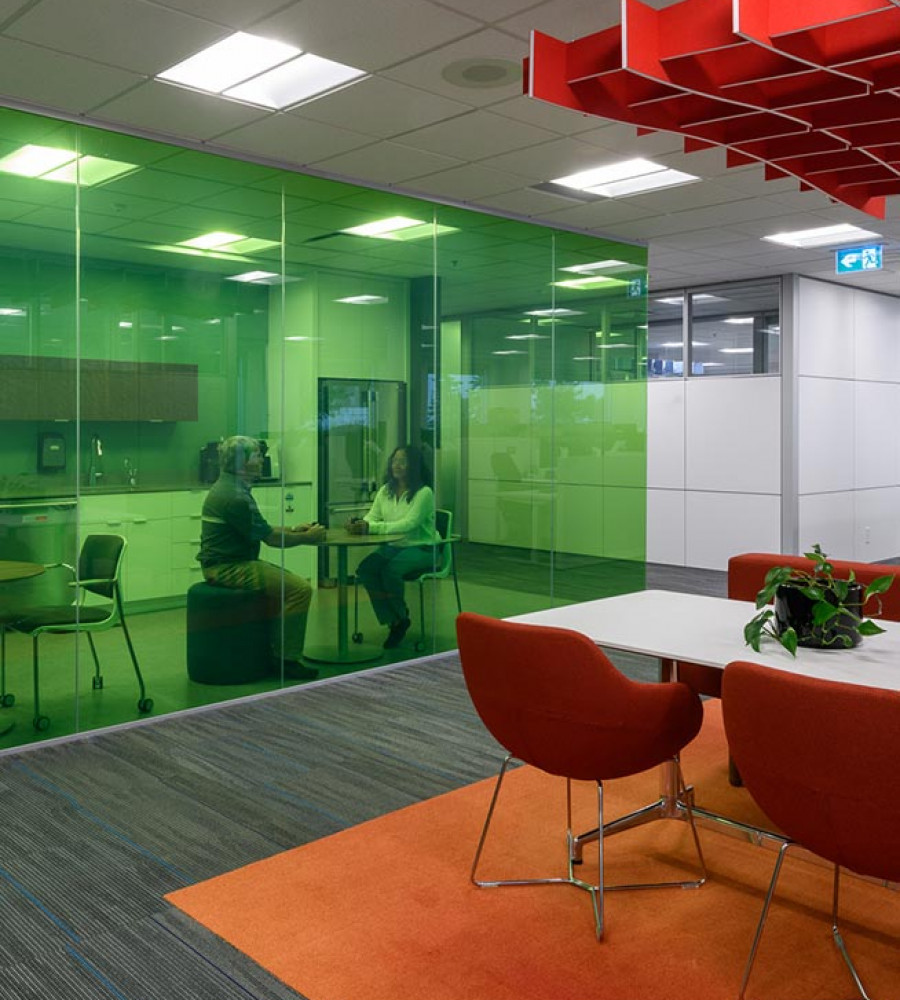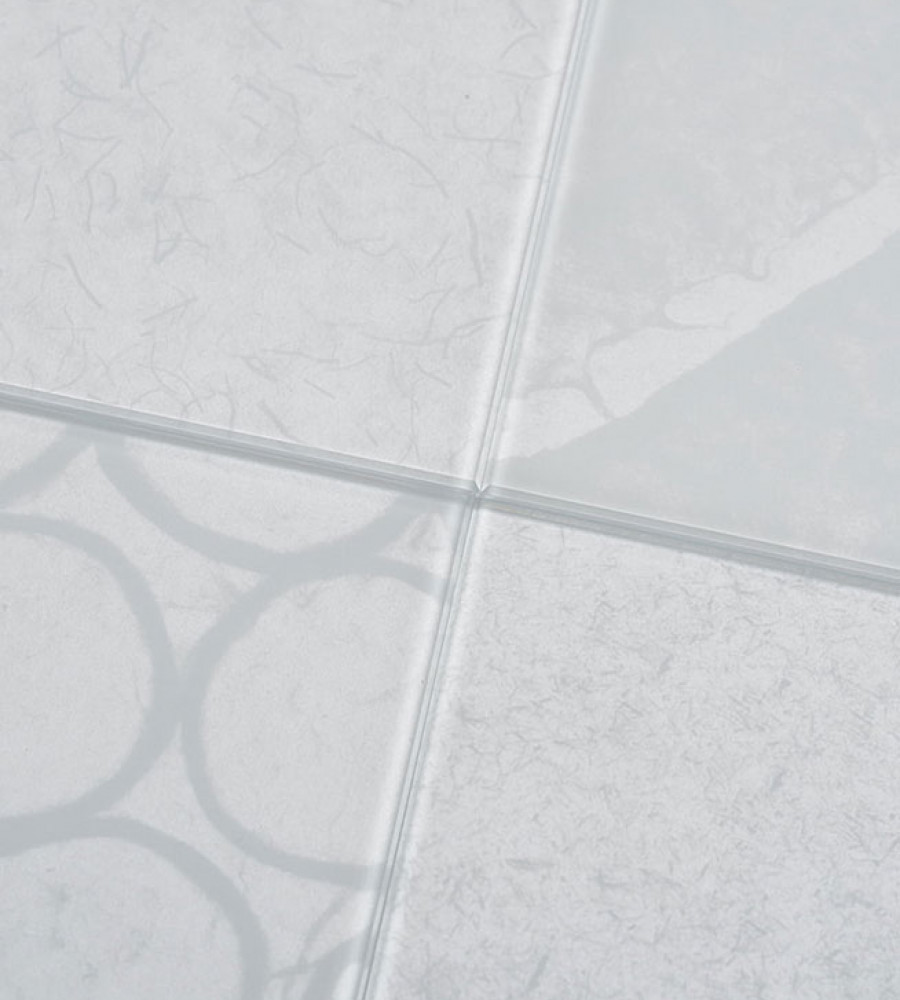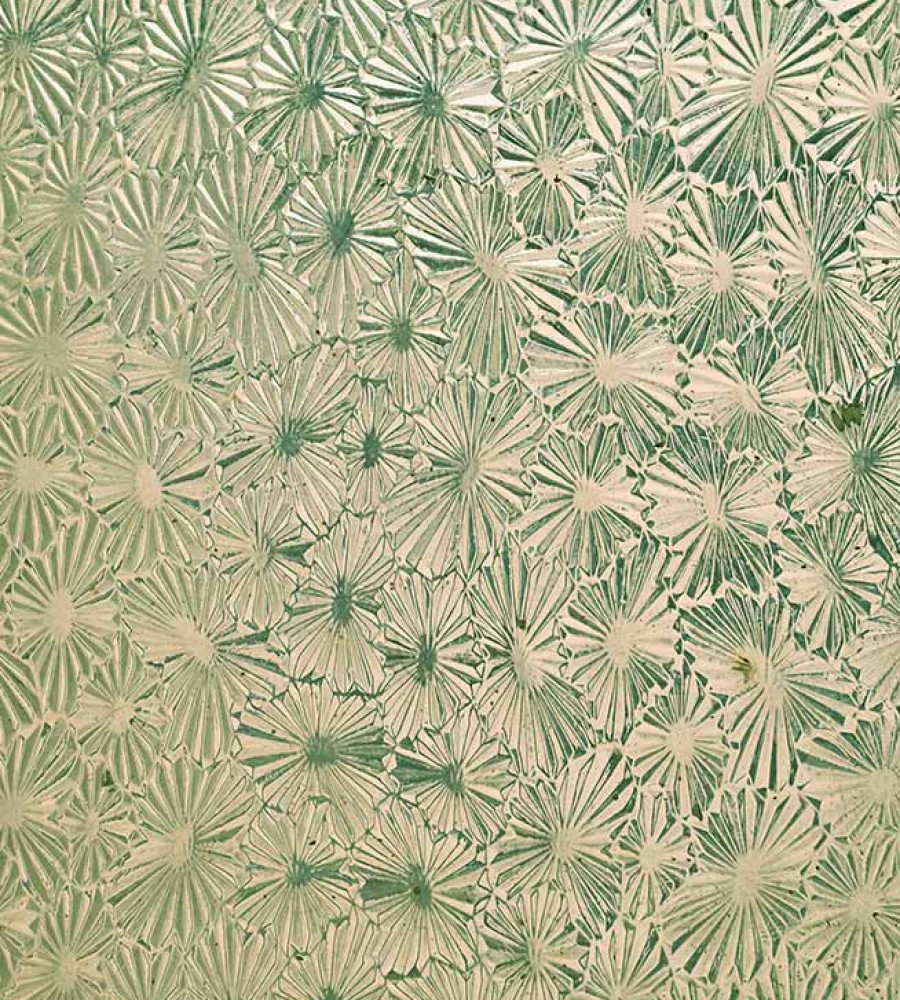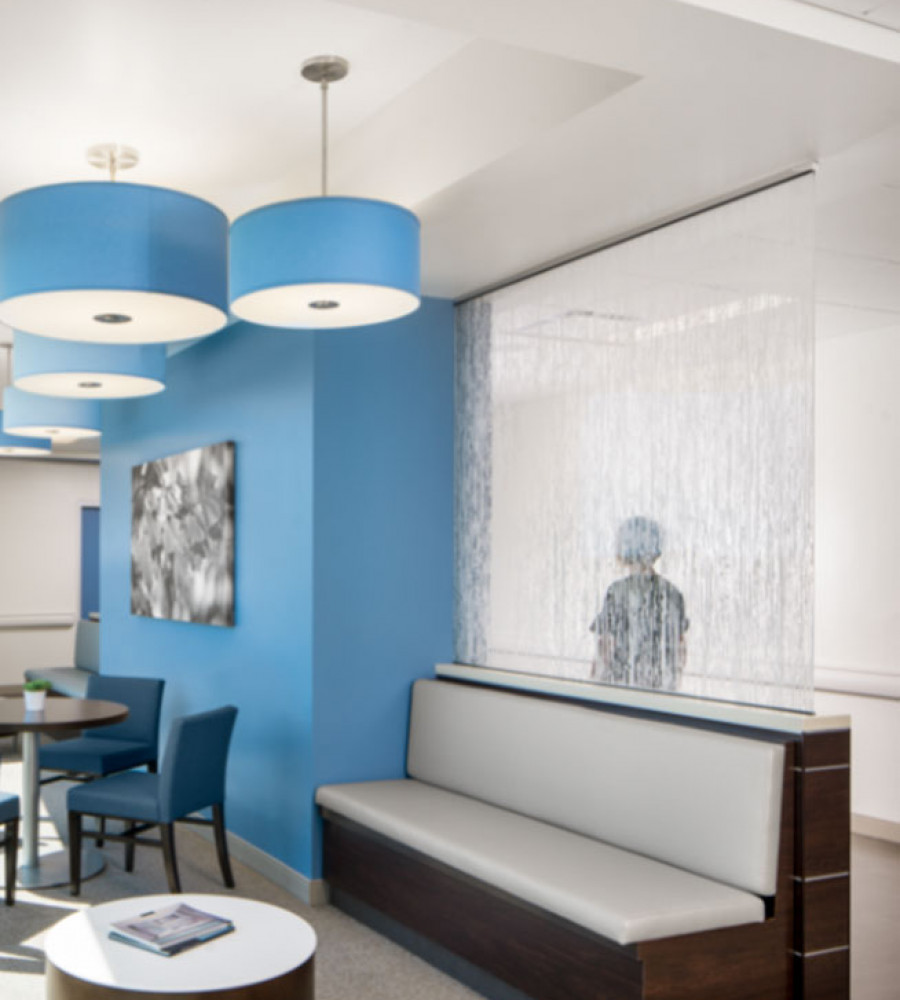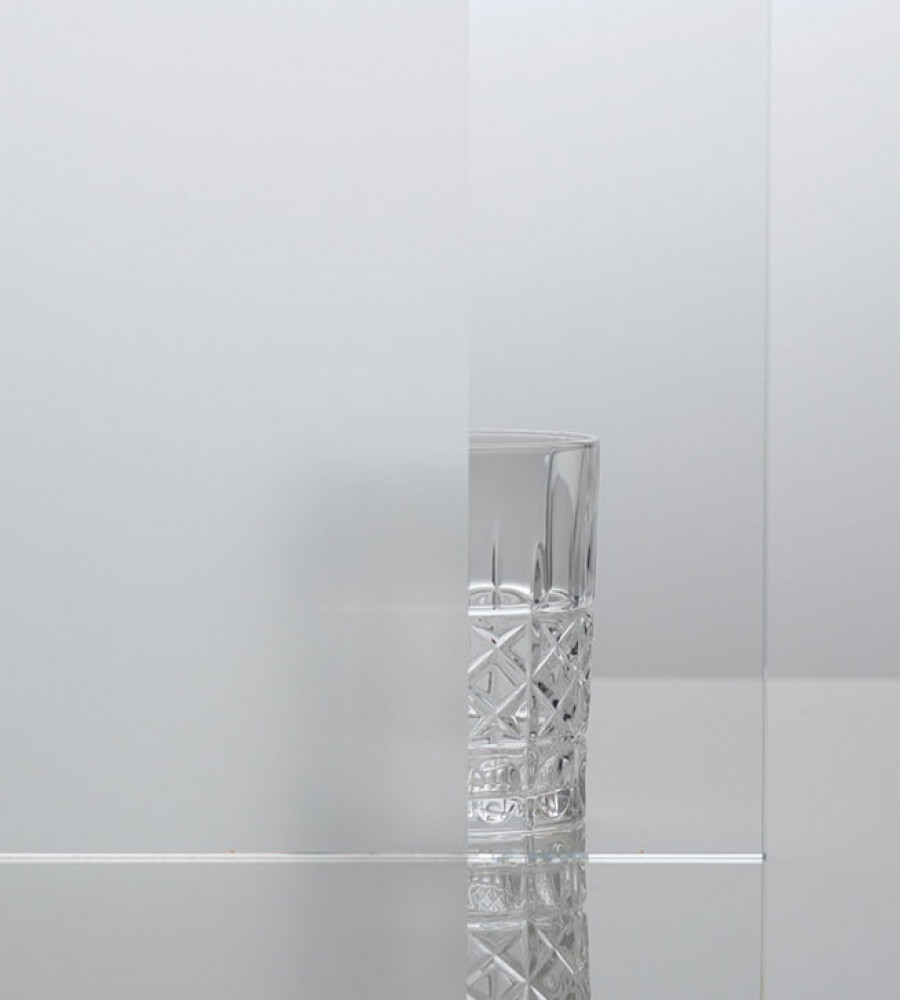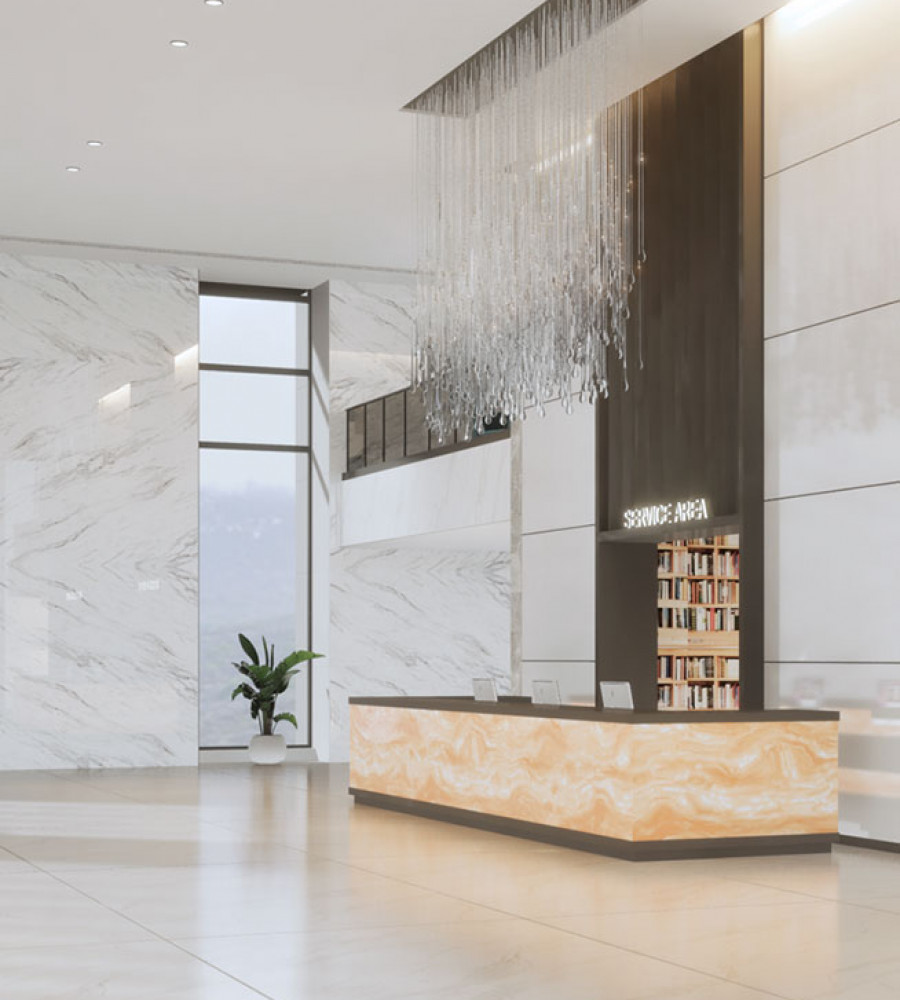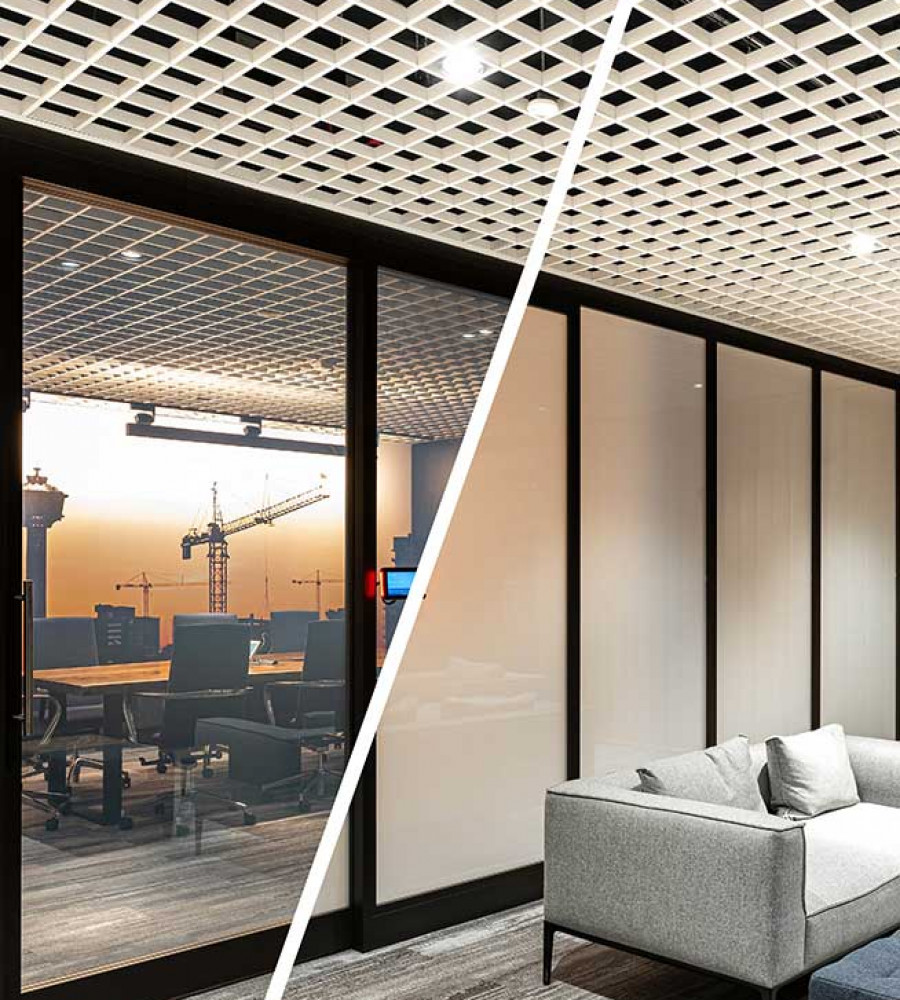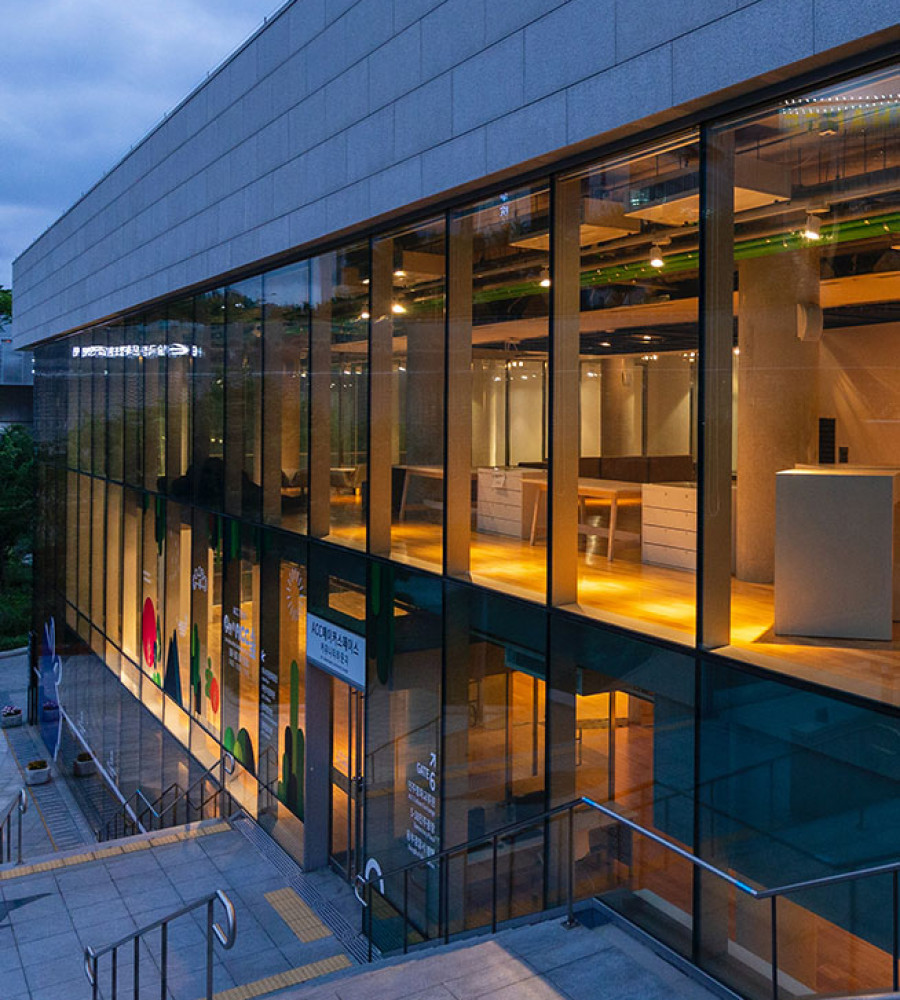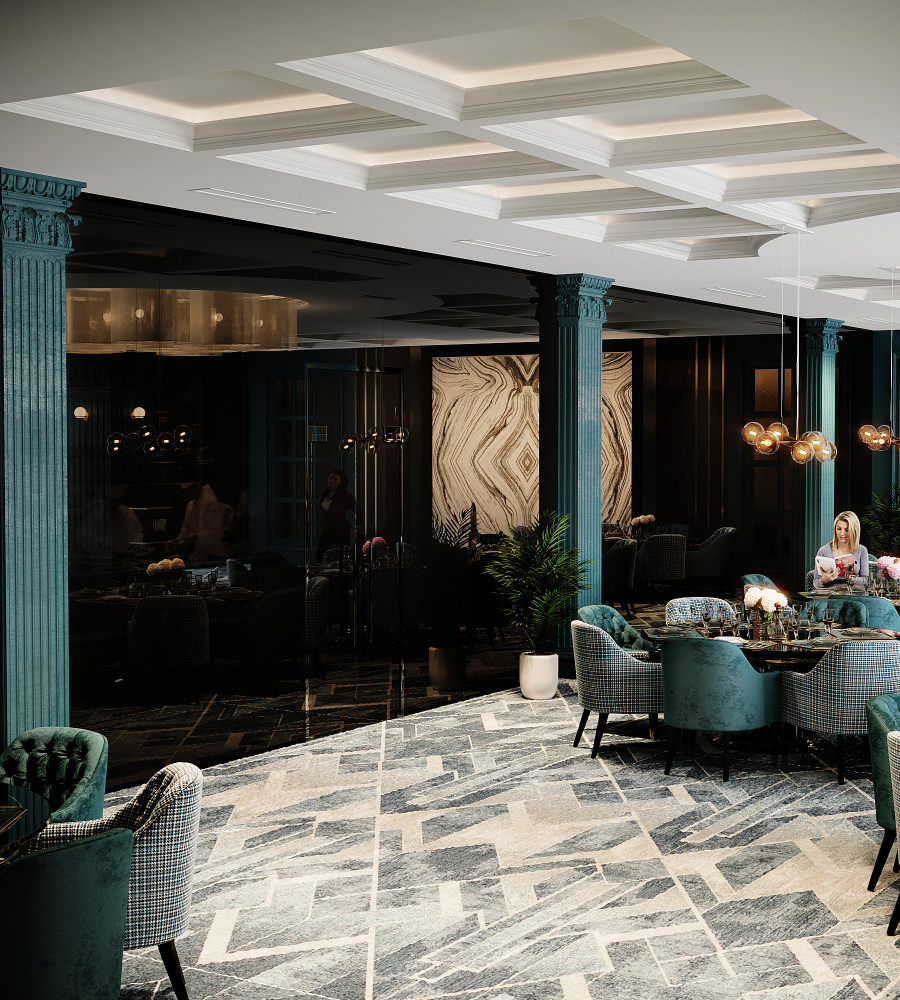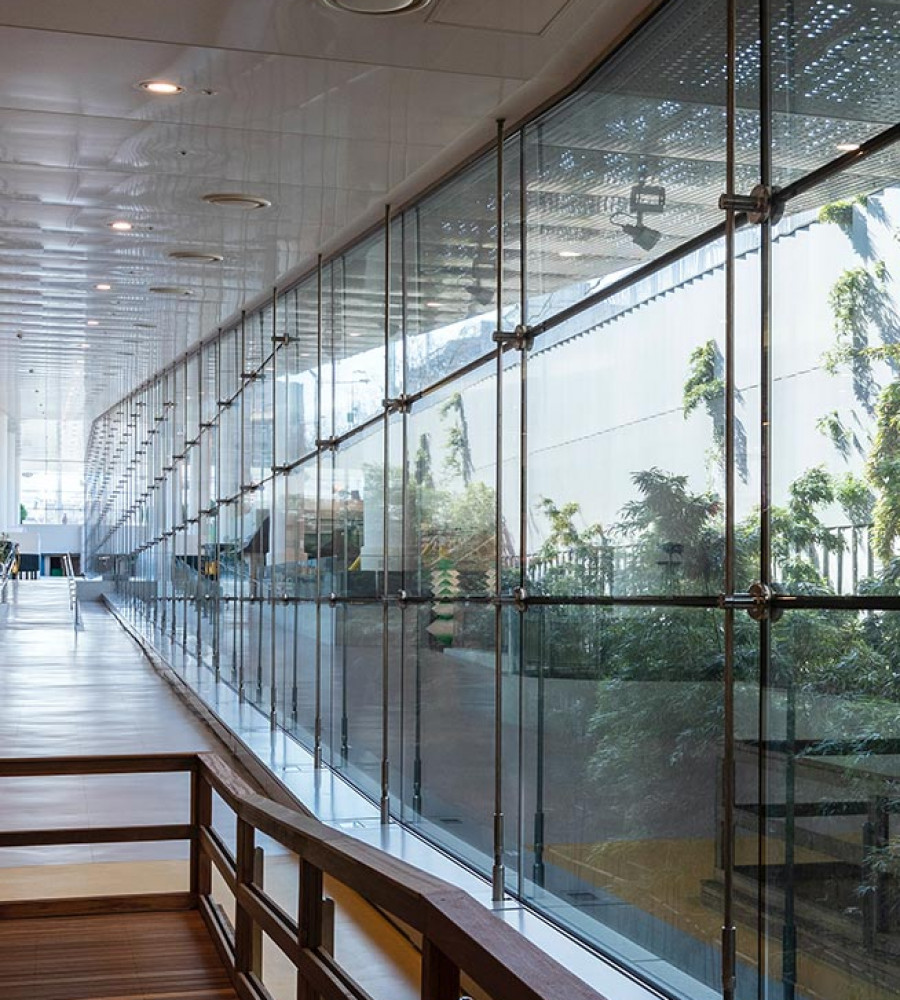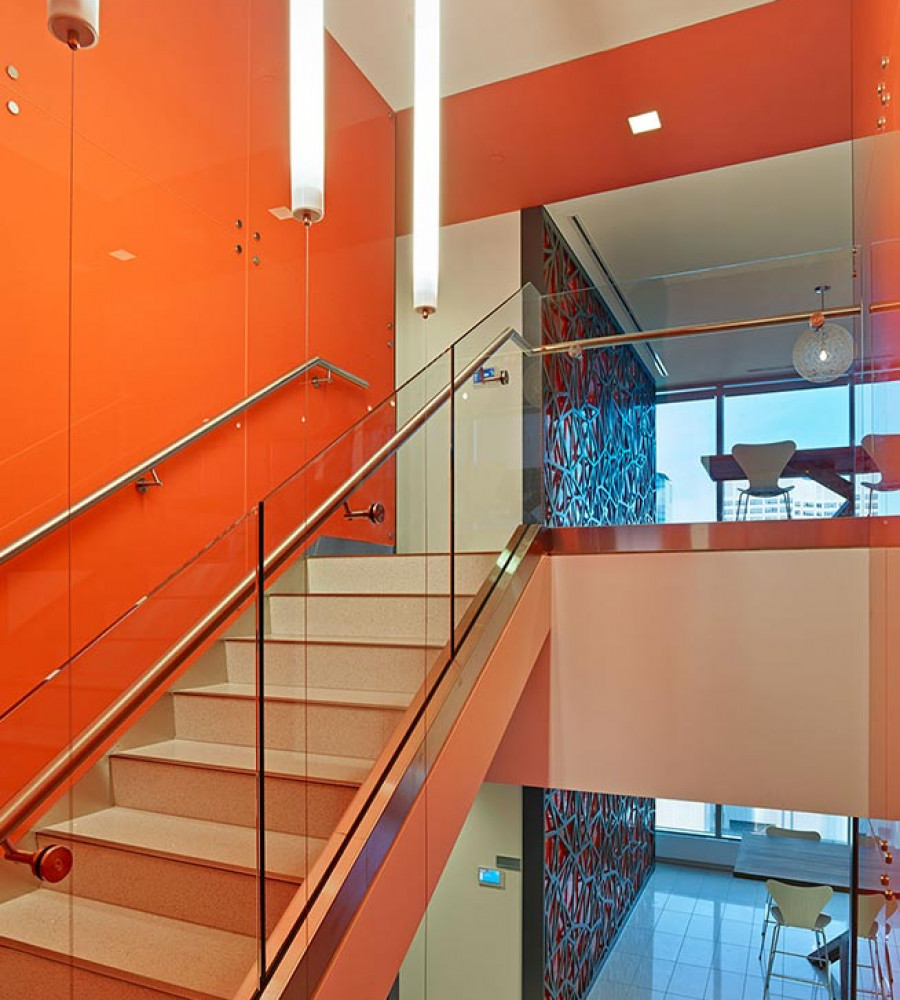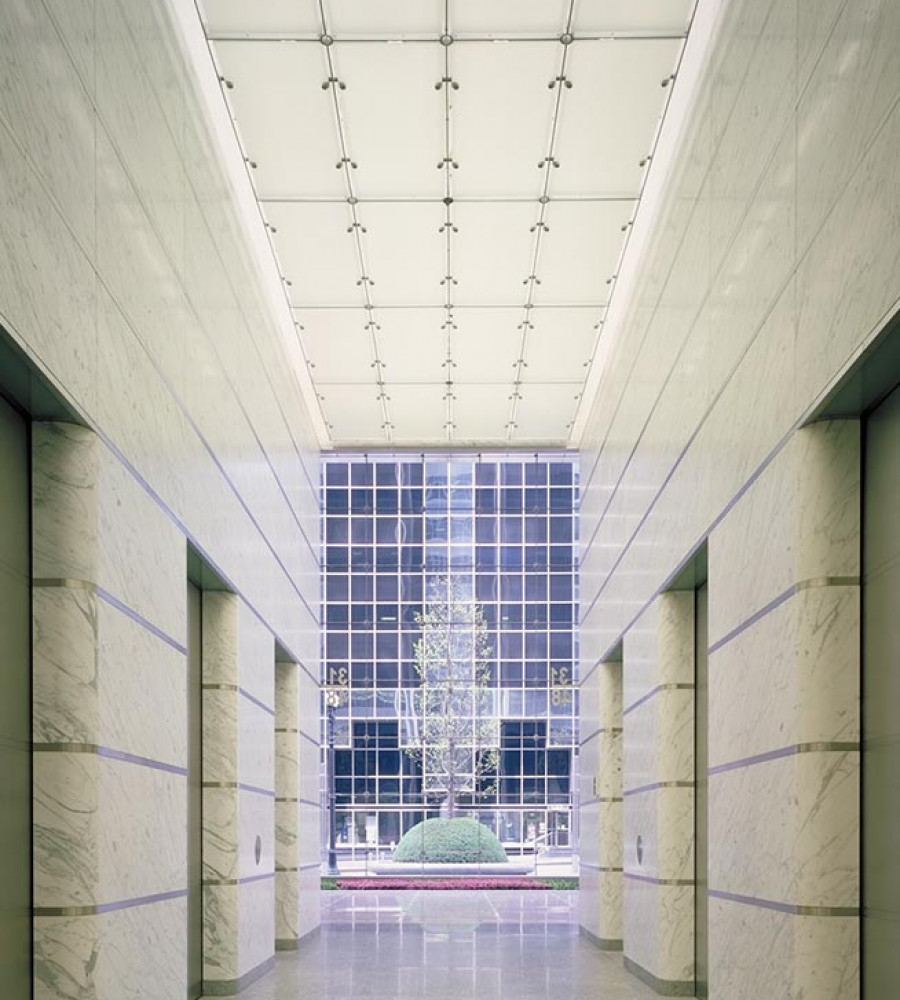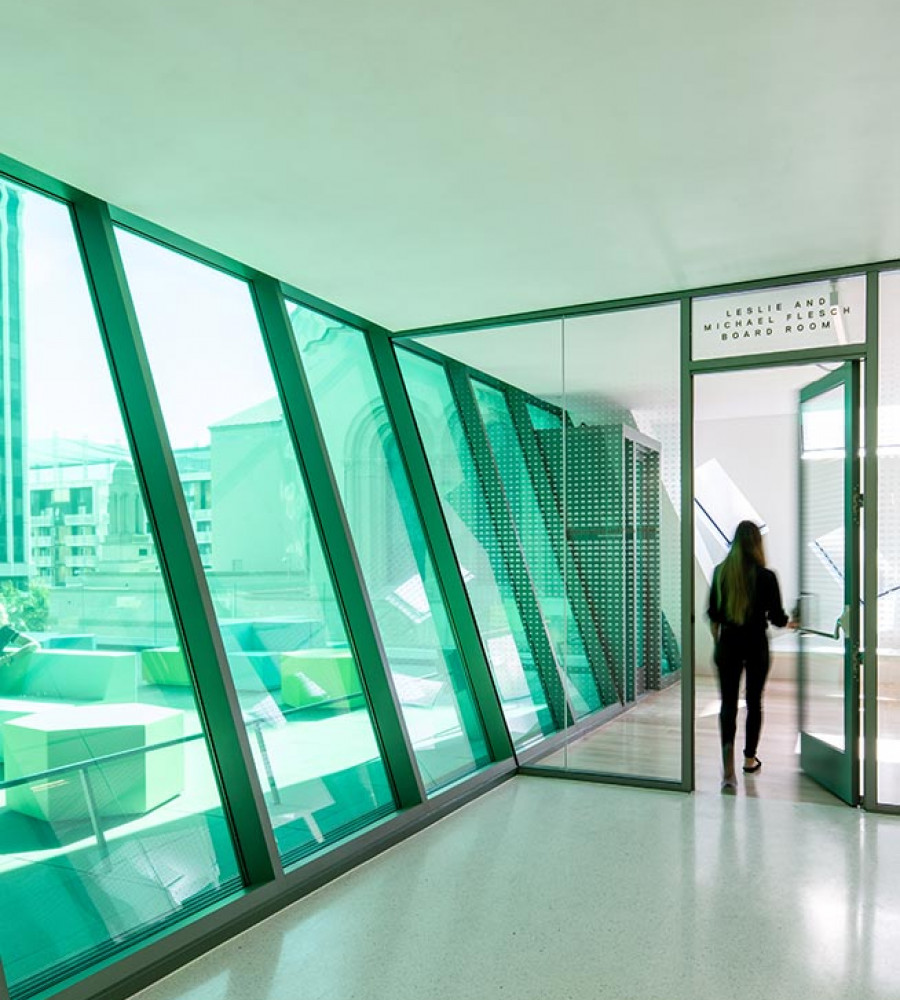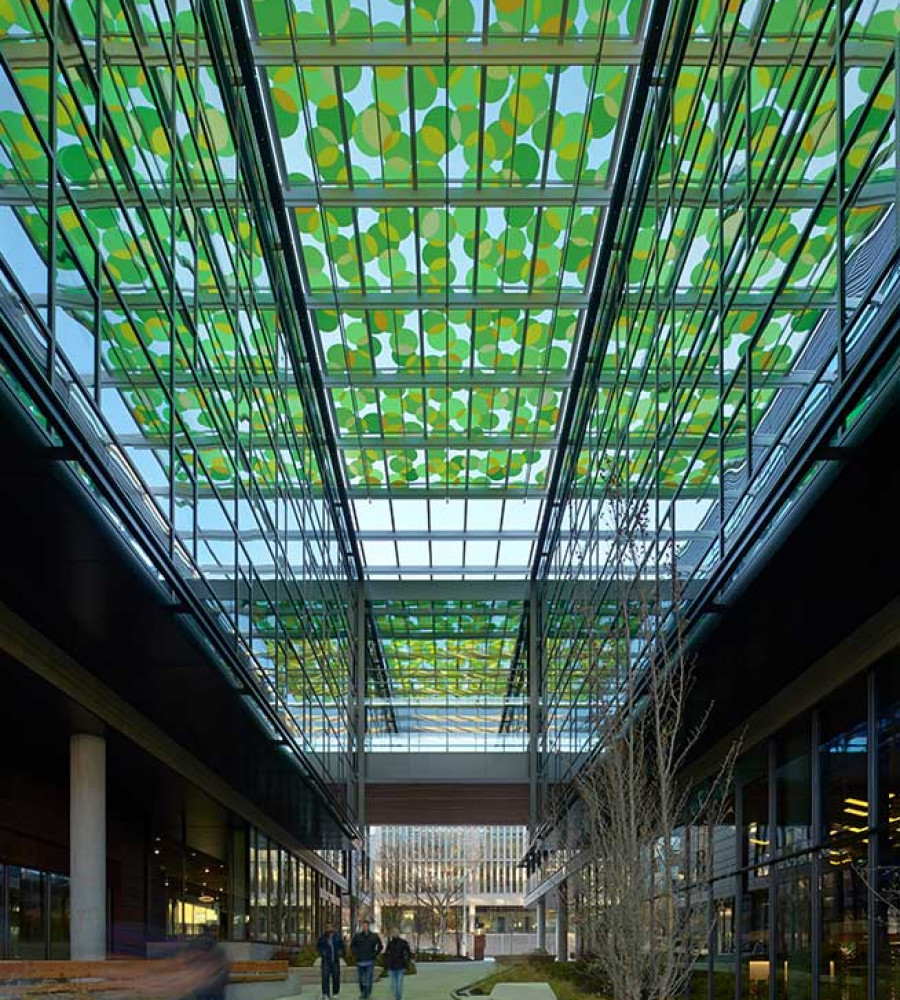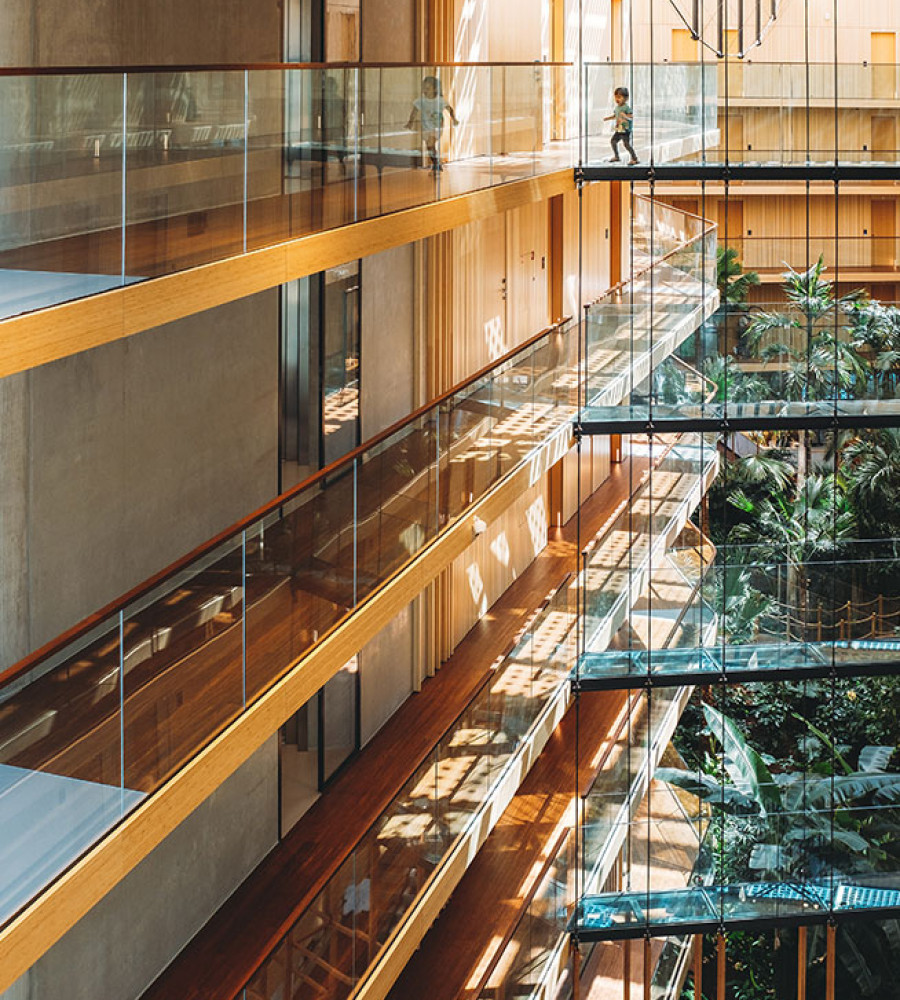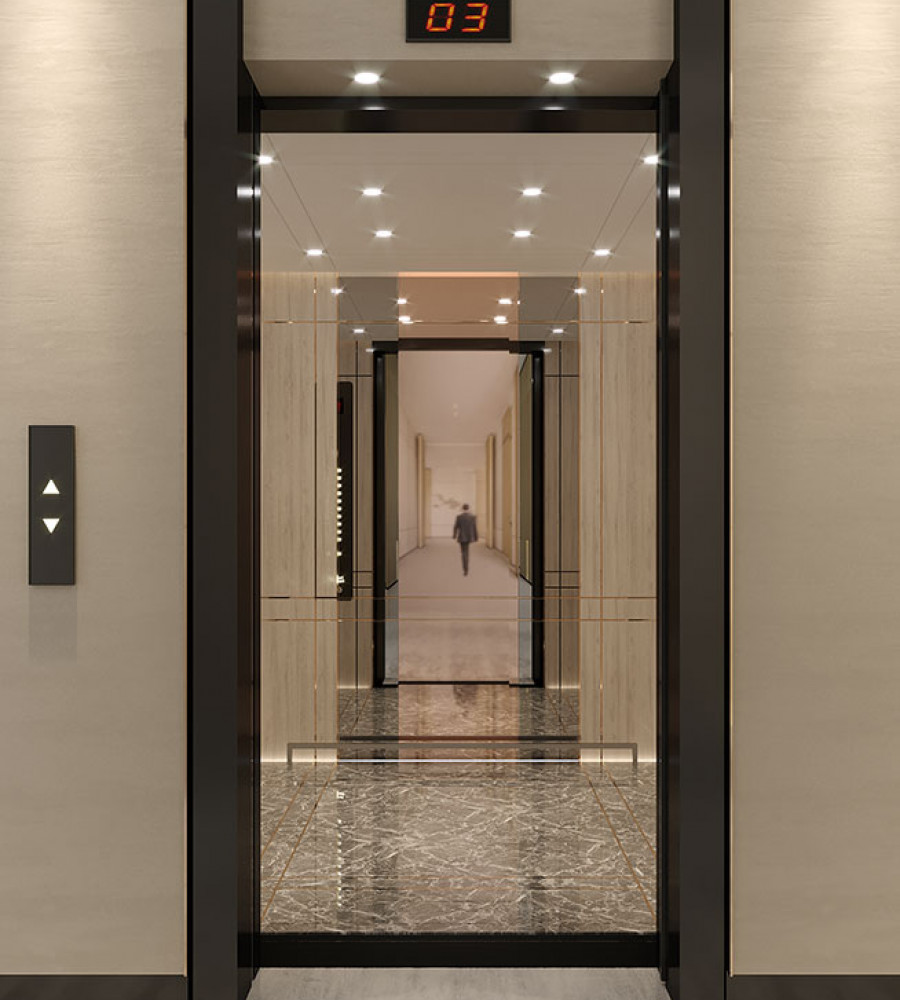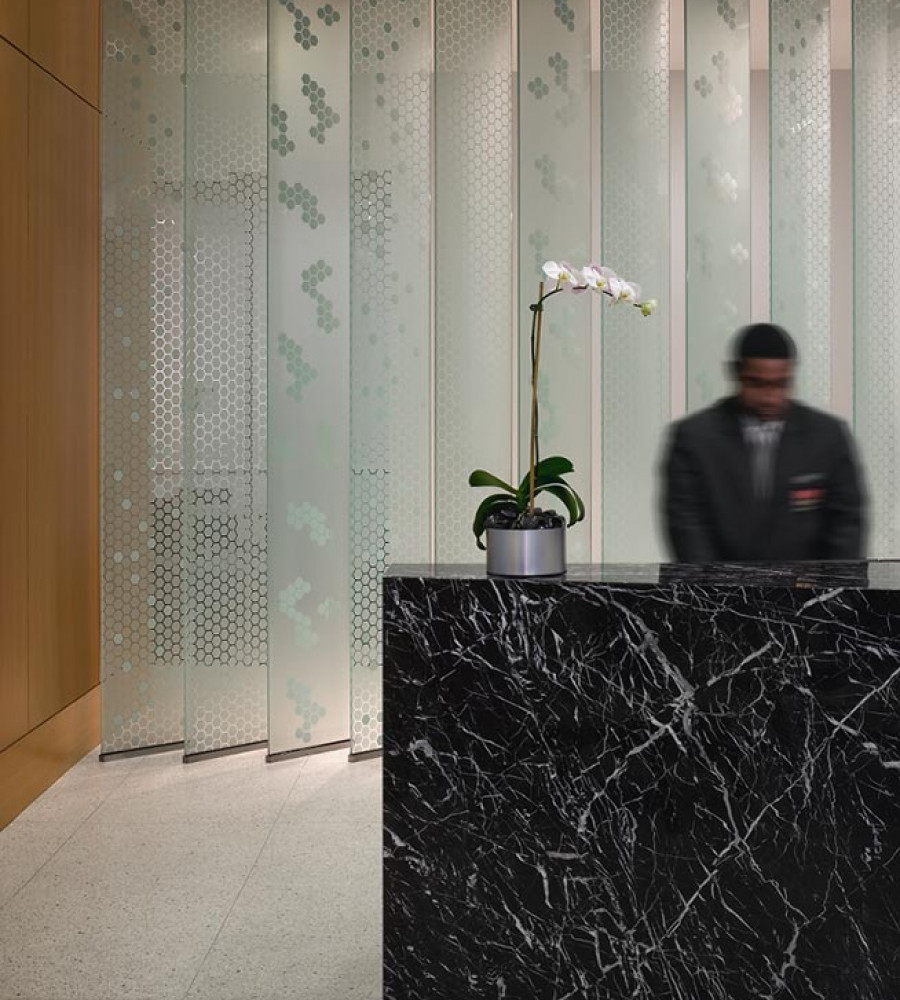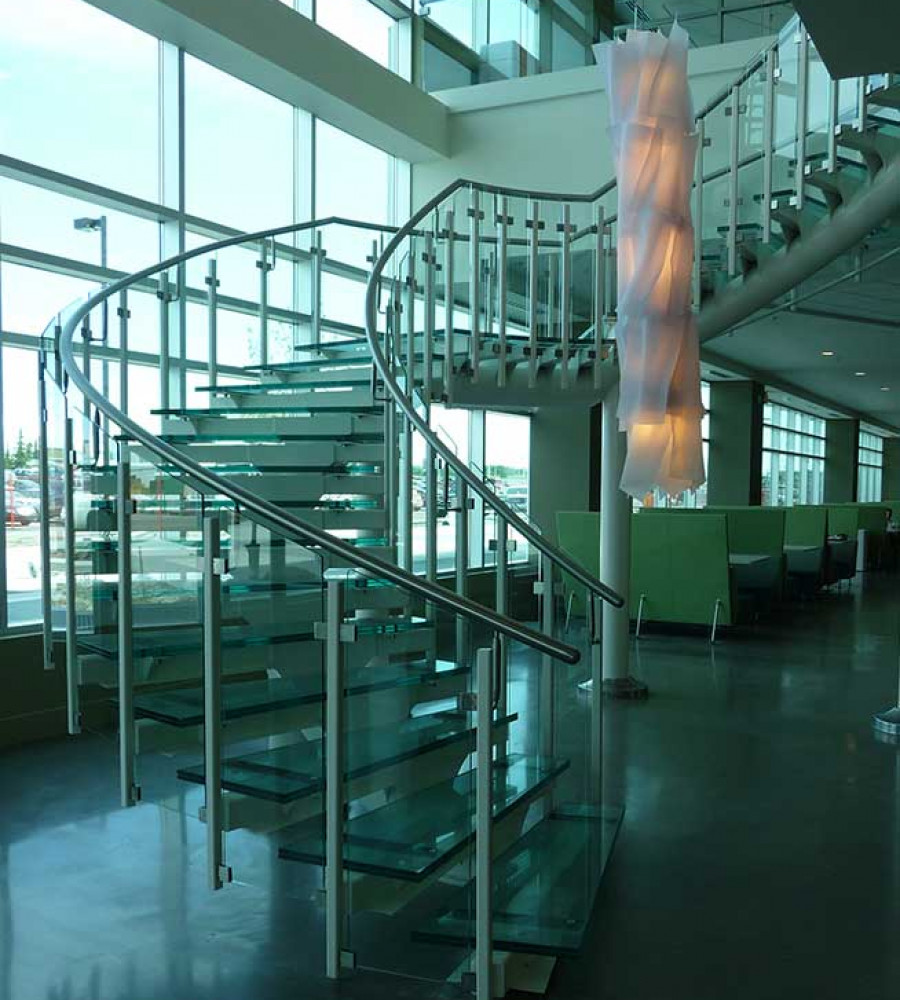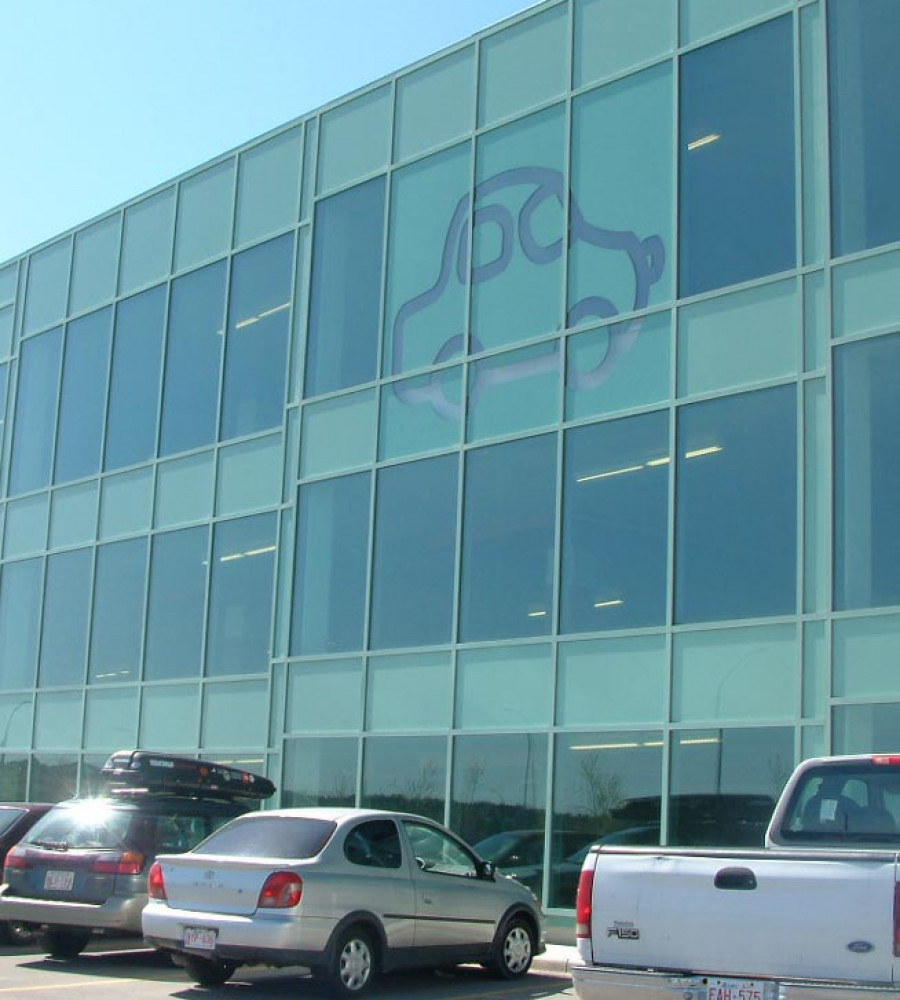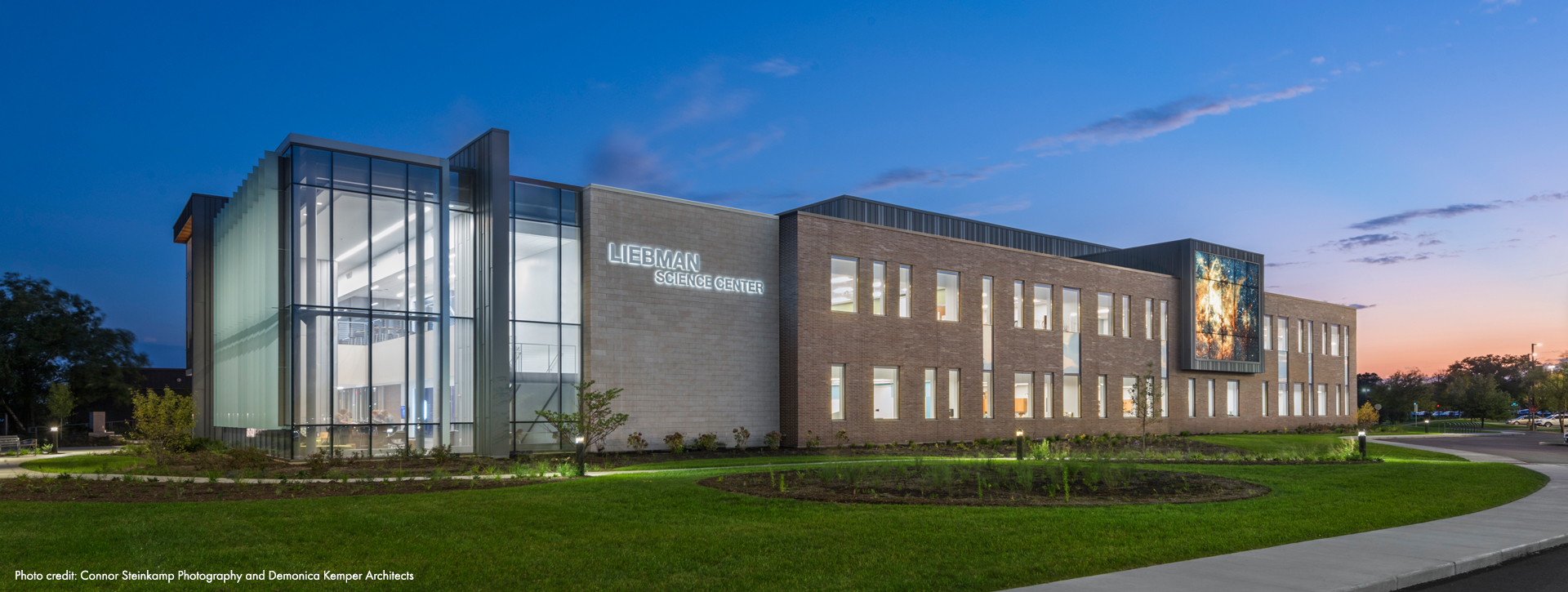Posted: 7 years ago
Wellness Architecture: Inspiring Design Trends for 2019
Defined as the state of actively pursuing good health, these days, ‘wellness’ is all around us, and people everywhere are seeking the benefits. In recent years, the world has experienced a significant shift in perspective when it comes to health and wellness, with society becoming increasingly aware of the choices they make and how they may impact their well-being or their surroundings. Consider things such as changes in consumer behaviour, including demand for organic foods free from pesticides and products without toxic chemicals, or even the fact that people tend to favour environmentally and socially-conscious organizations. Across multiple industries, the idea of wellness is taking over, encouraging people and businesses to make better choices for everyday living. And, it comes as no surprise that wellness has also infiltrated the design industry, with Forbes having listed Wellness Architecture as a leading trend for 2019.
While sustainability has influenced design for quite some time now, it remains a vital aspect to a building’s success, focusing on minimizing any negative impact on the environment through energy efficiency. Wellness architecture, on the other hand, takes a more holistic approach, considering all aspects of human experience, health and well-being. Daylighting, or the practice of placing windows, skylights, and reflective surfaces within a building so that sunlight can pass through a space, is a major component of wellness architecture. Wellness architecture has also brought with it a new building certification. Just as LEED® recognizes and rewards buildings in green and sustainable design, wellness architecture attempts to improve the overall wellness of a building’s occupants through its own set of standards – WELL Certification. As a concept that has been rising in popularity, daylighting and wellness architecture is becoming a routine part of discussions around design for new corporate headquarters, schools, hospitals and more – not shocking considering, according to Environmental Protection Agency, individuals spend 87% of their life indoors.
In a recent Commercial Architecture article, Turan Duda states, “All facilities benefit from design that is free from material pollutants, has abundant natural light, includes elements that evoke nature, provide views of surroundings and ensures comfort. ” Daylighting, an important aspect in wellness architecture and the design of a healthy sustainable building, helps designers and architects bring natural light into a space. Not only is it also the most economical and environmentally-responsible lighting technique available, but there is also a considerable amount of health benefits associated with natural light and connecting people to the outdoors. The most common challenges faced when it comes to daylighting is letting in too much light and creating excessive heat or glare. However, there are several key techniques that can be used to control the amount of light entering the building, such as using exterior shading, low transmittance glass to prevent glare, light redirecting films and strategically placing windows.
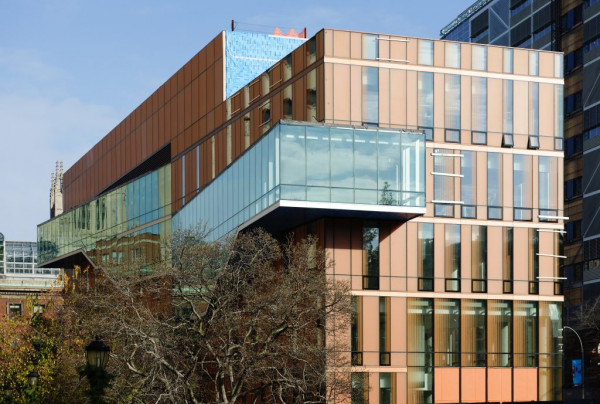
Increasing the amount of natural light a building receives is a key component of Wellness Architecture.
With design trends favouring wellness architecture, it’s apparent that the industry is using innovative technology in order to provide better solutions. The wellness lifestyle real estate market is currently a $134 billion dollar industry, about half the size of the global green building industry according to the Global Wellness Institute. According to the organization’s 2018 industry report, there are more than 740 wellness real estate and community developments built across 34 countries – a number that continues to grow weekly. TD Canada set an important milestone by being the world’s first project to receive the v1 certification WELL standard. More than 60 WELL features were implemented, including enhanced water filtration and lighting systems. Another Fortune 500 company, McKesson, embraced wellness design with their most recent WELL-inspired update to their headquarters in Richmond, Vancouver. The space was designed with primarily green building materials and provides plenty of natural light, inspiring and encouraging those that currently work there as well as attracting those who do not.
With individuals spending on average 40 hours a week at work, and considering the amount of time each person spends indoors throughout their lifetime, it’s no wonder why wellness architecture is in the spotlight. Research shows that being outside is highly linked to better moods and better outlooks on life, and bringing the outside in through daylighting and wellness architecture gives people the benefit of the outdoors in their daily life.

